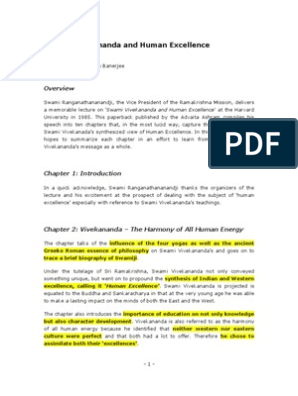0% found this document useful (0 votes)
24 views5 pagesChapter 3
Chapter 3 explores how the spatial organization of residences, particularly at Versailles, reflected and reinforced social hierarchy and power dynamics within court society. Elias argues that the architecture and layout of the palace served as a political instrument for Louis XIV, controlling the nobility and shaping their behavior through visibility and competition. The chapter connects these spatial arrangements to the broader civilizing process, emphasizing their role in promoting emotional discipline and social control.
Uploaded by
swadhaagrawal1Copyright
© © All Rights Reserved
We take content rights seriously. If you suspect this is your content, claim it here.
Available Formats
Download as DOCX, PDF, TXT or read online on Scribd
0% found this document useful (0 votes)
24 views5 pagesChapter 3
Chapter 3 explores how the spatial organization of residences, particularly at Versailles, reflected and reinforced social hierarchy and power dynamics within court society. Elias argues that the architecture and layout of the palace served as a political instrument for Louis XIV, controlling the nobility and shaping their behavior through visibility and competition. The chapter connects these spatial arrangements to the broader civilizing process, emphasizing their role in promoting emotional discipline and social control.
Uploaded by
swadhaagrawal1Copyright
© © All Rights Reserved
We take content rights seriously. If you suspect this is your content, claim it here.
Available Formats
Download as DOCX, PDF, TXT or read online on Scribd
/ 5




































































































